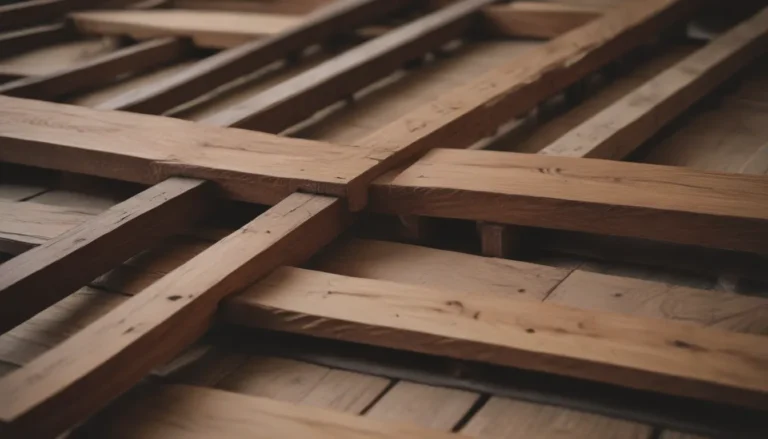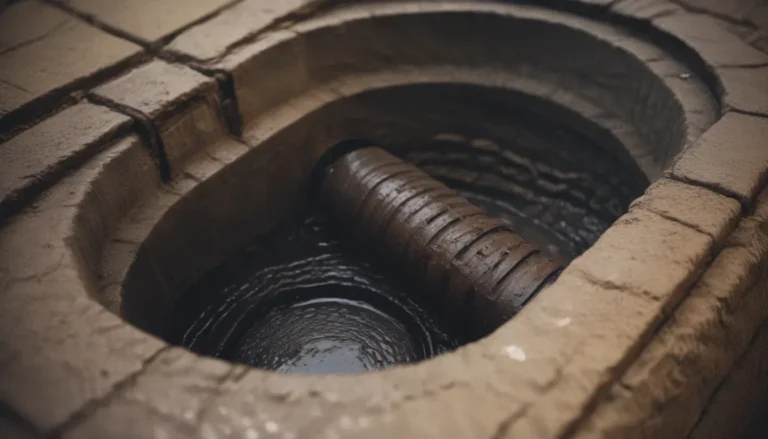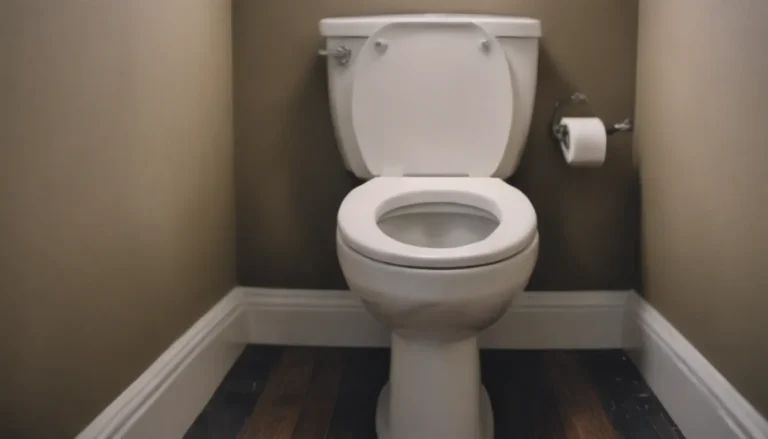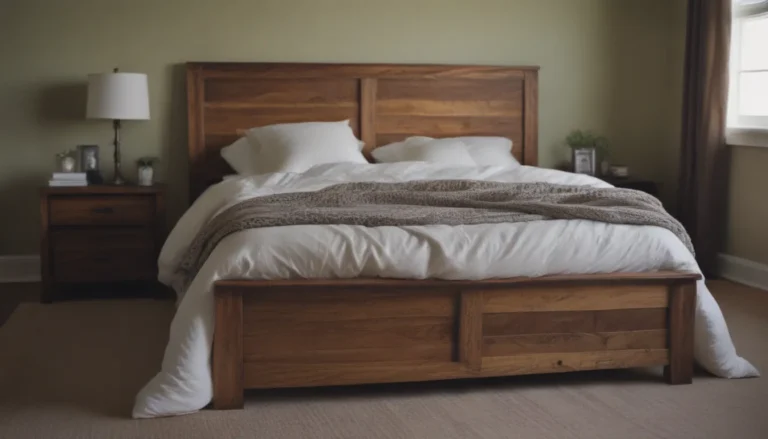The Ultimate Guide to Using Hardwood Flooring in Your Bathroom
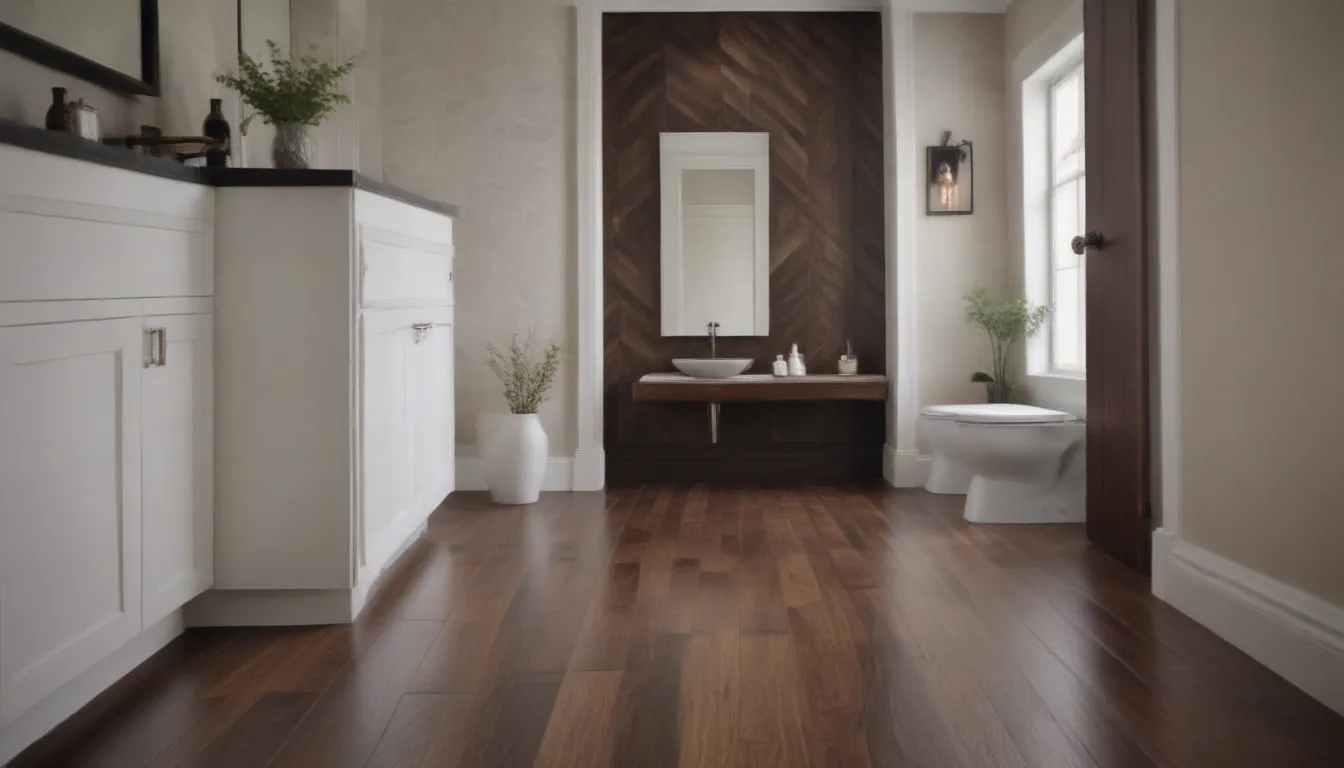
Hardwood flooring is a timeless, classic choice for many homeowners looking to add warmth and beauty to their interiors. However, when it comes to using hardwood floors in bathrooms, there are both benefits and drawbacks to consider. In this comprehensive guide, we will explore the advantages and disadvantages of hardwood flooring in bathrooms, as well as provide tips and alternatives to help you make an informed decision.
Advantages of Hardwood in a Bathroom
While hardwood flooring in bathrooms may require more maintenance than in other areas of your home, there are several aesthetic advantages that make it a popular choice for some homeowners:
Warmth
In the winter, hardwood floors are much warmer and more comfortable than other surfaces, such as ceramic tile. The earth tone colors of hardwood can also make the entire room feel more inviting and cozy.
Beauty
Hardwood adds a natural element to spaces, and each plank of wood is unique. A bathroom floored with hardwood exudes elegance and creates design continuity between rooms.
Longevity
Properly maintained, solid hardwood floors can last for 25 years or more. Even when hardwood becomes scratched, it can be sanded and refinished to renew its surface. Engineered hardwood flooring, with a laminated hardwood surface, is also durable when properly maintained.
Disadvantages of Hardwood Flooring in a Bathroom
The main issues affecting hardwood flooring in bathrooms revolve around how moisture can impact the material:
Spills and Splashes
Even with a protective finish, hardwood floors in bathrooms need to have spills wiped up immediately. Continuous exposure to moisture can wear away at the protective layer and cause damage between seams.
Lack of Moisture Barrier
Traditional hardwood floors are typically nailed directly to the subfloor, making it challenging to use a vapor barrier. Moisture can seep down past the surface and reach the structural components of the floor.
Flooding
While water-damaged floors can often be repaired, flooding can destroy a hardwood flooring installation. Hardwood floors are generally not sealed against complete floods.
High Humidity
Humid air in bathrooms can be damaging to hardwood floors, leading to twisting, warping, and cracking over time. Bathrooms with hardwood flooring should have good exhaust fans to reduce humidity levels.
Mold and Mildew
The moist environment of a bathroom is conducive to mold and mildew growth, which can be harmful to individuals with allergies. Proper maintenance and ventilation are key to preventing mold and mildew from developing between floorboards.
To avoid issues with hardwood floors in bathrooms, it’s recommended to use hardwood in low-traffic bathrooms where water exposure is minimal. Consider alternatives like tile or luxury vinyl flooring for high-moisture areas.
How to Protect Wood Floors in Bathrooms
If you decide to install hardwood flooring in your bathroom, here are some tactics to protect your floors from moisture damage:
- Regular Maintenance: Regularly clean and maintain your hardwood floors to prevent moisture from seeping in.
- Use Bath Mats: Place bath mats in high-moisture areas to absorb water and protect the wood.
- Install Tub and Shower Surrounds: Create a barrier around tubs and showers to prevent water from splashing onto the floor.
- Maintain Plumbing Fixtures: Check for leaks and drips from plumbing fixtures to avoid water damage to your hardwood floors.
Alternatives to Wood Floors in Bathrooms
If you’re concerned about the maintenance of hardwood flooring in a bathroom, consider these alternatives:
- Engineered Wood Floors: Made to replicate solid hardwood floors but with added resistance to warping and moisture damage.
- Wood-Look Ceramic Tile: Resembles hardwood but is made of ceramic or porcelain, offering water-resistant properties.
- Wood-Look Vinyl Flooring: Budget-friendly and water-resistant, luxury vinyl planks can mimic the look of hardwood without the risk of warping.
When choosing flooring for your bathroom, consider factors such as finish, type of wood, and warranty to ensure longevity and durability in high-moisture environments.
Refinishing Hardwood Floors in a Bathroom
One of the benefits of hardwood flooring is that it can be refinished if damaged. However, refinishing hardwood floors in a bathroom may require special care due to the moisture-prone environment. Be prepared for a more labor-intensive process using hand-powered sanders to refinish your hardwood floors in the bathroom.
Conclusion
In conclusion, while hardwood flooring can add elegance and warmth to a bathroom, it requires proper maintenance and care to prevent moisture damage. Consider the advantages and disadvantages of hardwood flooring in bathrooms, as well as alternative options like tile or vinyl, when making your flooring decision. With the right precautions and maintenance routine, hardwood floors can be a beautiful addition to your bathroom that lasts for years to come.

